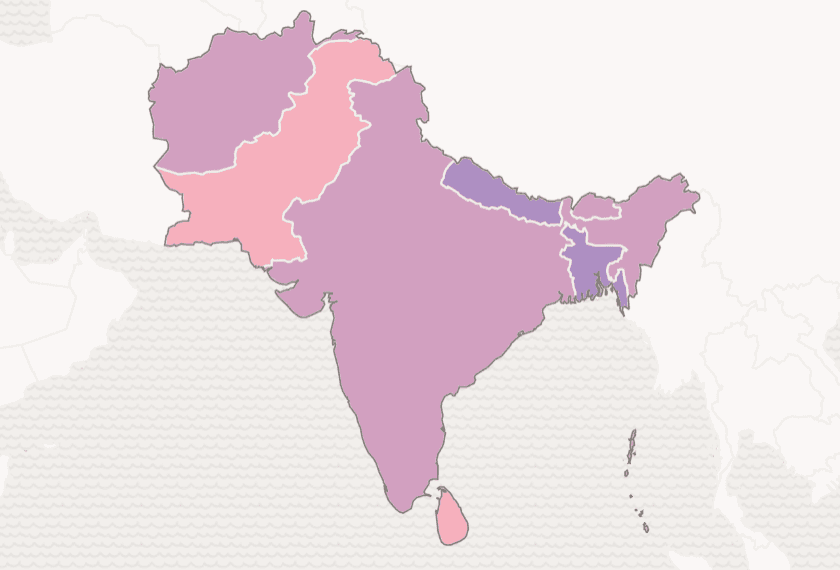Highlighted Stories

1.4 billion children missing out on basic social protection
On 14 February, Save the Children, UNICEF and ILO launched the Global Child Benefits Tracker, a joint project to establish a one-stop-shop to track countries' pathways to expanding child benefits.
Social protection is a universal right and one of the most effective tools in reducing child poverty. It helps children and families to overcome barriers to accessing adequate nutrition, health, education and protection required to ensure children reach their full potential. But new data shows that just 28.1% of children aged 0-15 years globally have access to child or family benefit.
The new data released by Save the Children, UNICEF and ILO shows a modest global increase in access to child benefits over a period of 14 years, from 20% in 2009 to 28.1% in 2023. However, progress has been unequal: in low-income countries, rates of coverage remain staggeringly low, at around 9%. At the same time, 84.6% of children in high-income countries are covered, almost ten times as many as in low-income countries.
Effective coverage with child benefits also varies significantly by world regions: we find the highest coverage of children in Western Europe, followed by North America and Eastern Europe and Central Asia. In contrast, children are least likely to be covered in West and Central Africa, Eastern and Southern Africa, or in East Asia and Pacific.
Positively, child benefits are now more prevalent in all world regions than 14 years ago. And encouragingly, rates have increased particularly strongly in some of the regions least covered. For instance, in West and Central Africa rates have almost quadrupled from 3.1% in 2009 to 11.8% in 2023. Similarly in South Asia, coverage rates increased significantly from 9.2% in 2009 to 24.3 in 2023.
Those regional and global figures hide some important differences between countries. In almost all low-income countries, less than 1 in 5 children are covered by child or family benefits. The exception are Malawi and Togo, the latter increased their coverage from 49% in 2019 to 74.5% in 2022.
Mongolia is unique in being a lower middle-income country with universal coverage of all children. In that income group, Bangladesh had some of the largest increases in recent years, raising coverage from 29.4% in 2020 to 44.5% in 2021. And while on average countries in higher income groups have more children covered, there are surprisingly many children not receiving child or family benefits.
Child benefits are a critical form of social protection, intended to promote the long-term wellbeing of girls and boys, including children with disabilities. Paid in cash or tax credits, child benefits are essential for reducing poverty and building resilience. This support is particularly important in a world with overlapping crises and insecurity. Unfortunately, countries most at risk are often those that are least covered. The availability of statutory child benefit schemes are often lowest in the countries at the forefront of the climate crisis: for instance, across countries considered by UNICEF to face extremely high climate risk only 10% of children are covered with child benefits. In contrast, countries facing somewhat lower climate risk have on average coverage rates of 39%, almost four times higher.
Save the Children, ILO and UNICEF have developed the Global Child Benefits Tracker to bolster efforts to monitor and reduce exactly those gaps in child benefit coverage. And while those headline figures are also included in the Child Atlas, the Tracker much more detailed information and background on child-sensitive social protection programmes. To learn more about the important role child benefits play in helping children to fulfil their potential and additional resources, please visit www.childbenefitstracker.org.
Related stories:
Related stories

How a Soap Opera Helped to Reduce Child Marriage
Child protection (CP)
Child protection (CP)
2025-12-09

Does Insurance Benefit Child Health? Lessons from 38 Countries
Health (HL)
2025-11-19